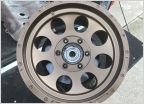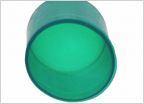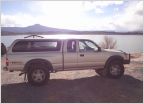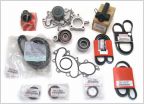-
Welcome to Tacoma World!
You are currently viewing as a guest! To get full-access, you need to register for a FREE account.
As a registered member, you’ll be able to:- Participate in all Tacoma discussion topics
- Communicate privately with other Tacoma owners from around the world
- Post your own photos in our Members Gallery
- Access all special features of the site
Throwing codes p1135 and p0171
Discussion in '1st Gen. Tacomas (1995-2004)' started by tylerk123, Jun 27, 2016.


 Which lug nuts?
Which lug nuts? Instrument cluster light bulbs
Instrument cluster light bulbs DieHard, Interstate or Optima?
DieHard, Interstate or Optima? 'Scepter' or NATO cans?
'Scepter' or NATO cans? Timing belt / water pump 2002 toyota tacoma
Timing belt / water pump 2002 toyota tacoma Source for the light bulbs behind the heater controls?
Source for the light bulbs behind the heater controls?
